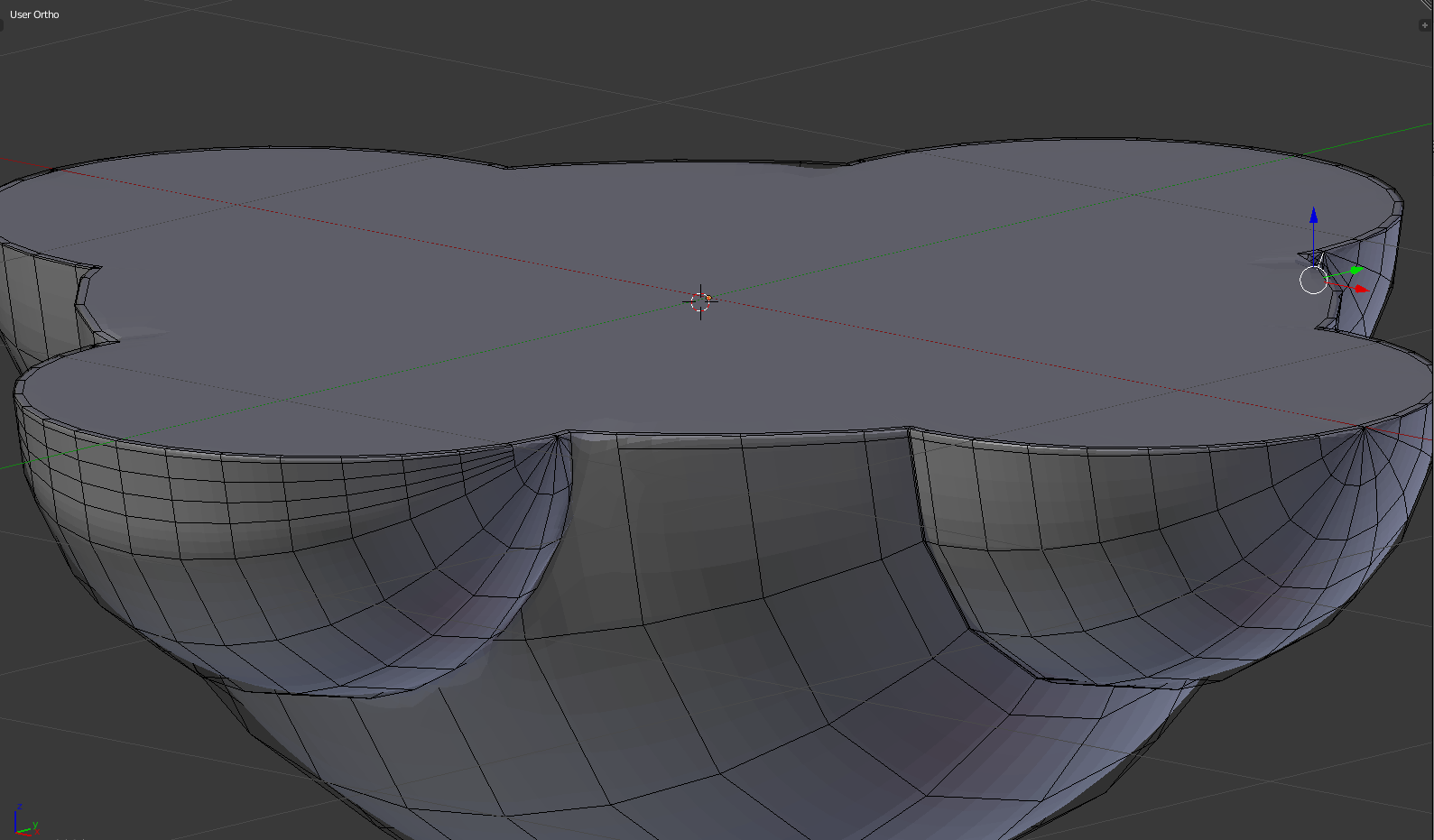I am making an object which is made by combining one big hemisphere and four small hemispheres. Here is what I've done:

As you can see, one of the small hemispheres merges well with the big hemispheres while one merges not too properly.

Here is the mesh:
 This is the post I followed to make the object.
This is the post I followed to make the object.
I made three spheres (one large sphere and two small spheres) first, follow the instructions to combine them, cut the upper half of the object and apply a mirror modifier.
However, when I tried to use Damped Track modifier on the second small sphere, the modifier align them in a way which the first small sphere overlaps with the second one. I think this is because I set the Damped Track Contraints to be Z for both small sphere, but if I set it to be other directions, the mesh will become what I've made above, which the second sphere cannot merge well with the big sphere.
Please help and I appreciate all the kindly assistance.


